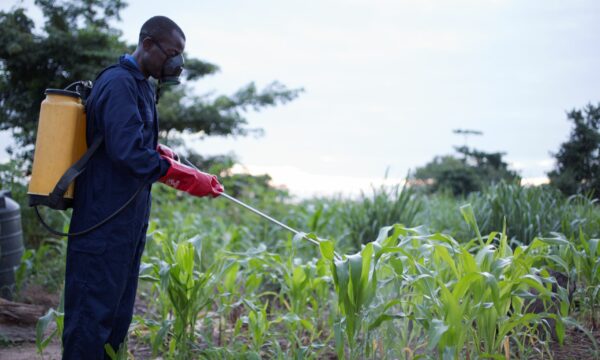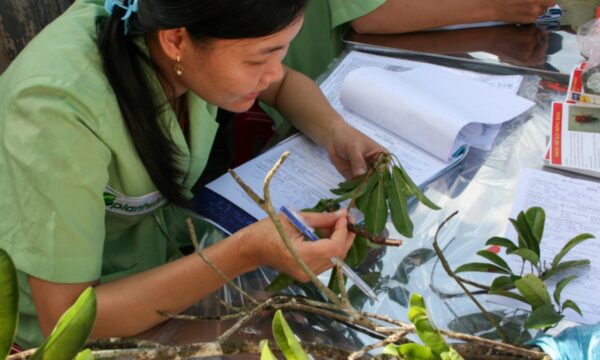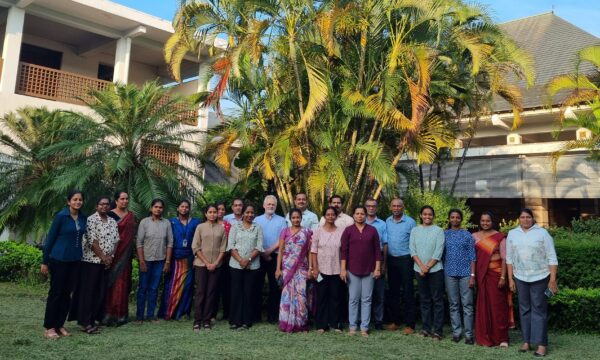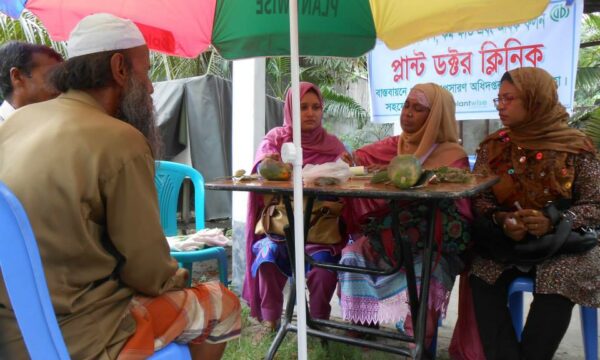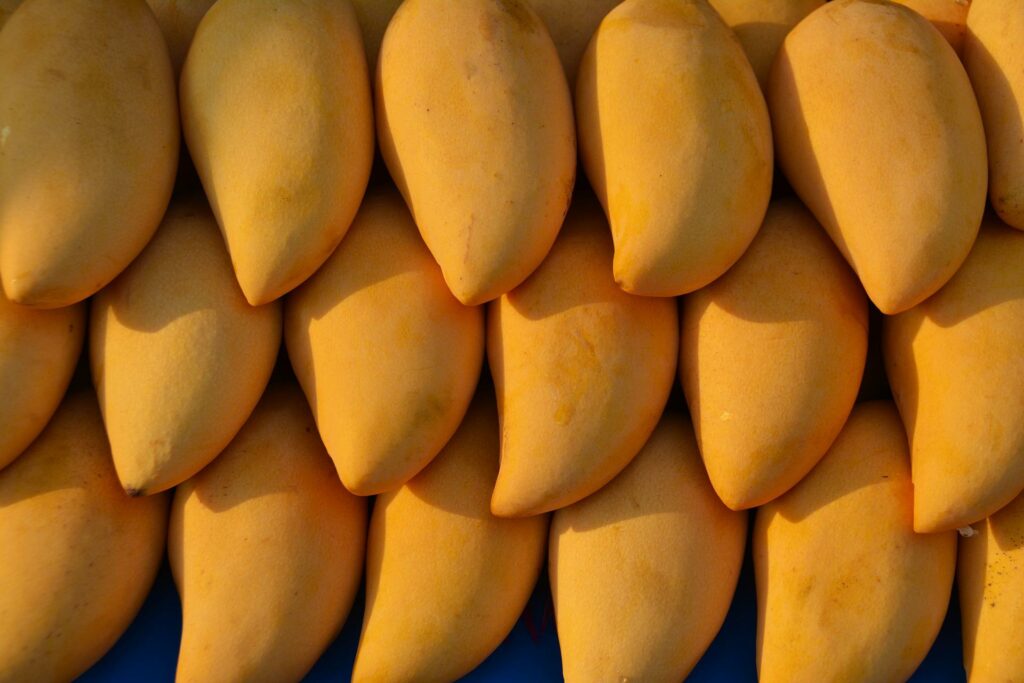
Having been cultivated for centuries, mango is an important crop throughout tropical regions globally. A wide range of fresh mango cultivars are now consumed worldwide and are available all year round, making it a valuable commodity. In 2020, the global export of mangoes, guavas and mangosteens rose to approximately 2.2 million tonnes.
With such high demand for mango, farmers around the world can’t afford to have these disorders threatening their yield:
Mango tree borer
Batocera rufomaculata
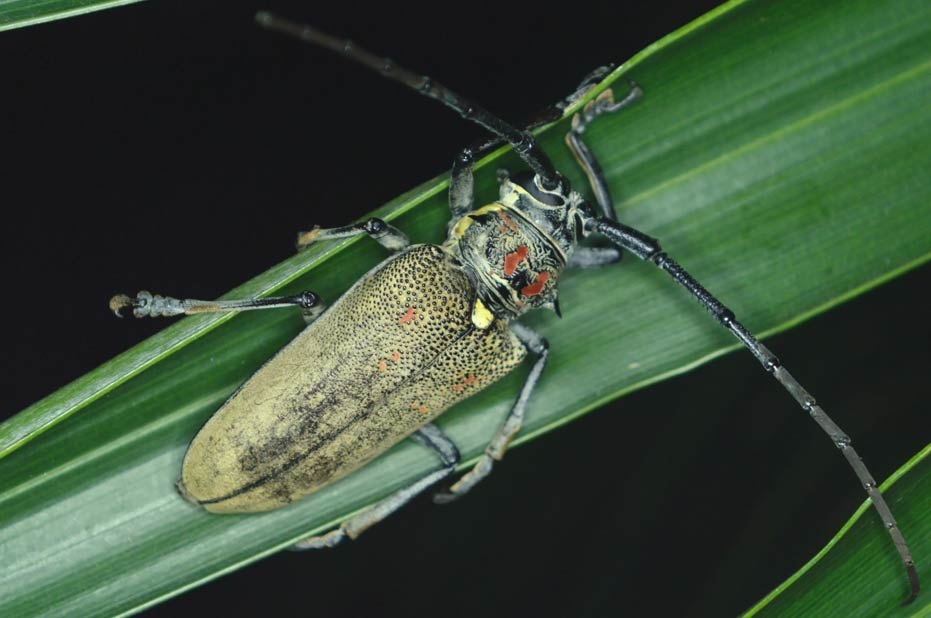
Adult mango tree borers gnaw the bark of twigs or chew the green growing tips. The female beetle lays its eggs by making an incision into damaged bark or in roots exposed by soil erosion. The larva then feed inside the main stems, larger branches or exposed roots thereby creating a cavity that allows large patches of bark to detach. An infestation often leads to the death of the tree causing economic losses.
Mango seed weevil
Sternochetus mangiferae
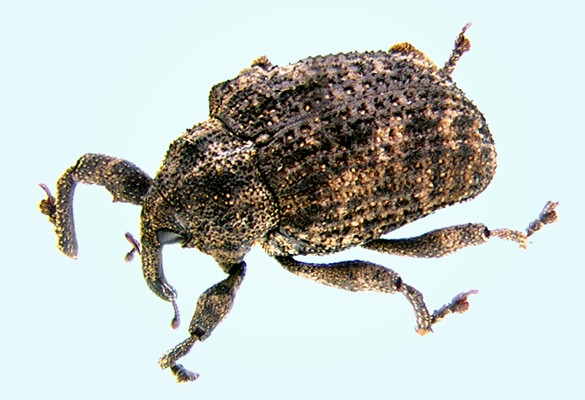
The mango seed weevil causes damage by laying eggs in the mango fruit itself. Infected fruits are easy to identify by the hardened, amber-coloured secretion often sculptured with two small angled tails at one end, which remains attached to the site of oviposition. When populations of this weevil are high, brown marks at the oviposition sites on mature fruits are very obvious.
Mango leafhopper
Idioscopus nitidulus

Nymphs and adults of the leafhopper suck phloem sap from the inflorescences and leaves. This turns affected florets brown and they dry up. In addition, sooty mould can develop on the honeydew the bug secretes. There may also be some damage from eggs laid in the leaves and flower stems. Major damage happens at the flowering stage causing yield losses.
Mango black spot
Xanthomonas axonopodis pv. Mangiferaeindicae
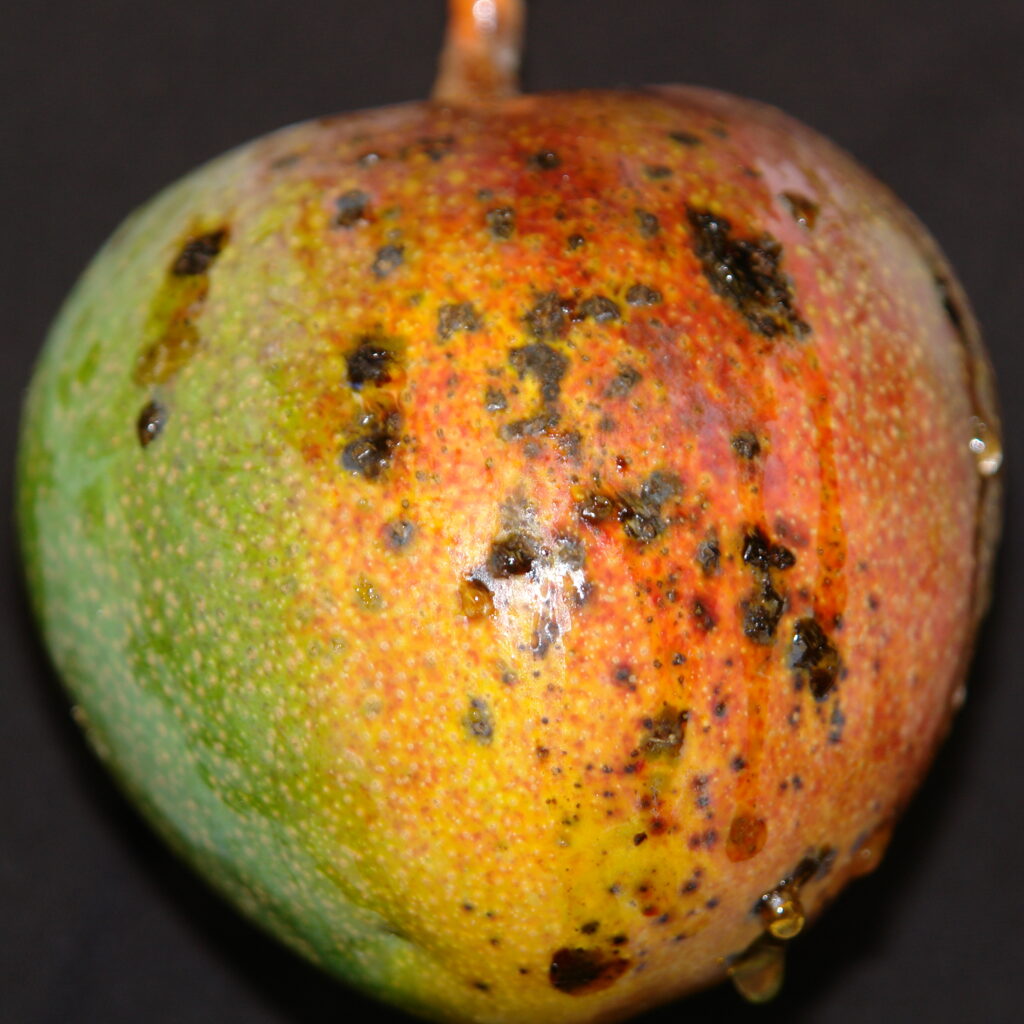
On mango, symptoms are angular, black, and raised leaf spots, sometimes with a chlorotic halo. Leaf lesions dry and turn light brown or grey several months after infection. A number of commercial mango cultivars are very susceptible, causing serious losses particularly alongside favourable environmental conditions. The disease may cause trees to weaken through defoliation, eventually leading to lower yields
Use this Mango disorders photoguide to help you identify these and other pests of mango on your crop.
Once you have identified the problem you are dealing with, you can use the CABI BioProtection Portal to determine if there are biocontrol or biopesticide products you can use in your country. The non-toxic products on CABI BioProtection Portal can be used for a wide variety of mango disorders. Additionally, biocontrol or biopesticides are more environmentally friendly and have less impact on human health than other methods of pest and disease control, such as chemical pesticides.
You can also find management, prevention and control advice for mango pests and diseases in your region on the Plantwise Knowledge Bank. Simply search for a pest or crop and then filter the results by country.
The Plantwise Knowledge Bank is a free online resource that gathers plant health information from across the world. Over 15,000 pieces of content, which include pest management decision guides (PMDG), factsheets for farmers (PFFF), species pages, photosheets, manuals, and video factsheets in over 100 languages.
Further reading
Understanding mango mealybug – a significant crop pest
CABI Bookshop: Mango – Botany, Production and Uses
Mango production in Bangladesh
All species images ©CABI
Related News & Blogs
How do pest risk registers address the spread of plant pests in Africa?
Pest risk registers can help to solve problems in agriculture, addressing the growing global threat of plant pests. Moreover, changing weather patterns, led by rising temperatures, are causing them to reproduce faster and expand into new regions. In ad…
10 July 2025

